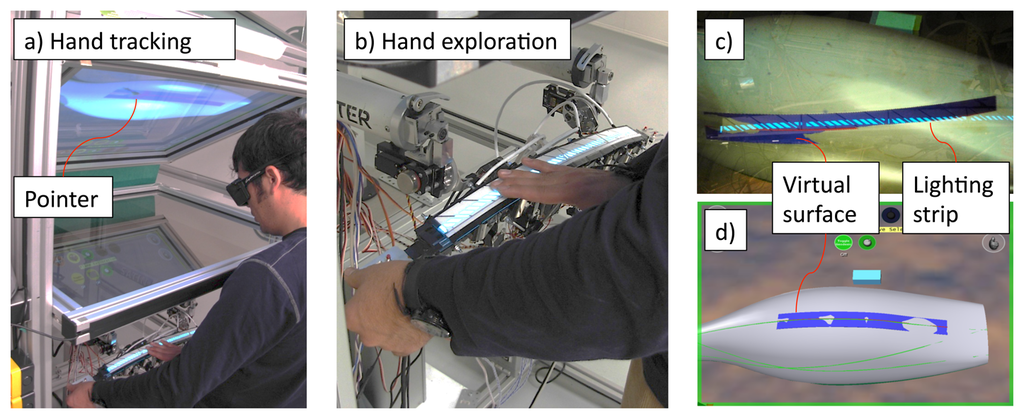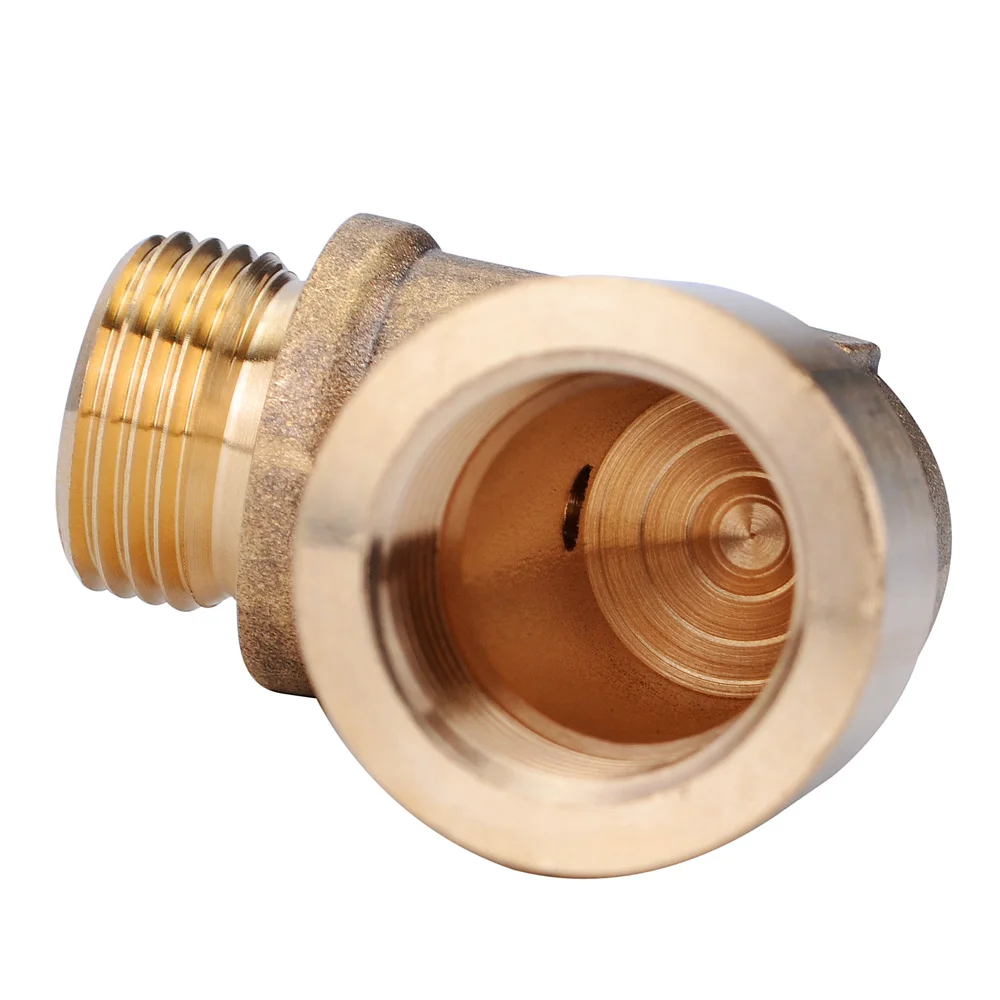
It is also important that you understand the dynamic range of your equipment so that you can accurately predict test system performance analytically. Physical realities of a test always “stack up” unfavorably to consume every ounce of available dynamic range a system can muster. You can never have too much dynamic range in any piece of test equipment. Hence, it is important to have a controller with as much dynamic range as possible. When all of these conditions are met, the controller becomes the limiting factor in the loop’s performance. The accelerometer and its signal conditioning must have an adequate dynamic range to follow the Control motion with fidelity and this range must be properly matched to the acceleration span of the test. The shaker’s suspension must be sufficiently linear to accurately reproduce the low amplitude details of the Demand and the amplifier’s noise floor must be low enough not to mask these features. The shaker and its amplifier must be powerful enough to drive the DUT and fixturing to the required force and motion levels of the test. The amplitude-depth of each of these three processes affects the available test dynamic range. It is also clear that the controller’s role involves measuring the Control signal, performing calculations and processes upon this measurement, and generating the Drive signal. It is clear from Figure 1 that the available dynamic range of a test is limited not only by the controller dynamic range but also by the characteristics of the power amplifier, shaker, control-point accelerometer, test object, and all the mounting hardware and methods employed. The control algorithms seek to systematically minimize the difference between the Control and Demand signals by adjusting the shape and amplitude of the Drive signal.

This signal is called the Drive and the controller forms it by comparing the (analog) Control acceleration measured on the shaker table (or upon the DUT) with the desired Demand reference.

Figure 1: A vibration controller generates a Drive signal that causes the measured Control acceleration to closely match a prescribed Demand.Īs shown in Figure 1, a controller forms a loop around the shaker and device under test (DUT) by providing an analog signal to the power amplifier driving the shaker’s armature (or control valve) voice coil.


 0 kommentar(er)
0 kommentar(er)
